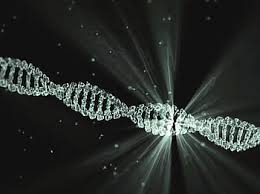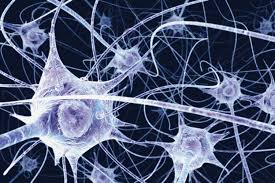How a cancer evolves and how mutations are generated are highly intertwined processes, and both are nearly impossible to observe directly. Instead, we are usually restricted to making inferences about them using data from a single snapshot in time after a cancer has formed. Writing in Nature, Aitken et al.1 show that, for a cell that has undergone DNA damage, such a snapshot provides remarkably rich information when the two DNA strands that form the double helix are considered independently.
DNA resembles a ladder, with the two ‘side rails’ often called, respectively, the Watson and Crick strands. These are fused together by ‘rungs’ of two complementary nucleotide base pairs: either cytosine (C) paired with guanine (G) or adenine (A) paired with thymine (T). When a cell divides, each daughter cell inherits either the Watson or Crick strand from the parent; this provides a template from which the other, complementary strand is replicated. Damage to a base can trigger a repair process, but if repair is not swift enough, the damaged base might be mispaired with an incorrect base during DNA replication. At the next round of cell division, when a daughter cell with such a mispaired base prepares to divide, the base complementary to the mispaired base will be added to the newly synthesized strand. This leads to a double-stranded mutation at the base pair corresponding to the original damaged base (Fig. 1)….







